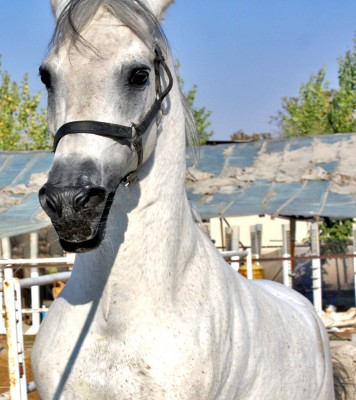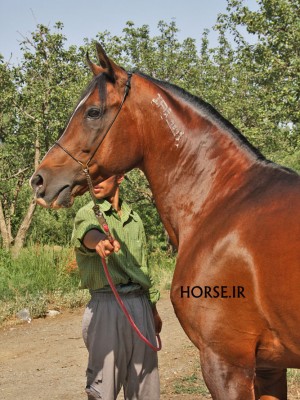Bani Lam in Eastern Iraq and Iran
Check out this excellent article about the modern Bani Lam tribe, a subset of the medieval tribe of same name. Some sections splintered, reformed, absorbed sections from other tribes, and become the modern day tribes of al-Dhafeer, al-Fudul, Aal Mughirah, and Aal Kathir. The remainder of the tribe retained its tribal name, and:
Pushed out of northern Hejaz in the 9th/15th century, they moved to the lower Tigris-Euphrates region about 950/1550 (Oppenheim, II, pp. 320, 324; III, pp. 18-19). Late in the 10th/16th century they migrated to the east bank of the Tigris.
They are now settled in the ‘Amarah district of eastern Iraq and the Khuzistan province of Iran. I guess they are the source of the Iranian Asils, at least in part. That would make a lot of sense, given that some of the strains of today’s Iranian Asils like Wadnan and Hamdani were originally Bani Lam strains. Some Iranian Wadnans below.



You may be wondering why the focus on the Bani Lam on this blog over the past few entries. I feel I am onto something, in terms of the beginning of Arabian horse strains, and that such beginning may be connected to both the Sharifs of Mecca and to the Bani Lam tribe in the Hijaz region of Arabia.
Oh, so interesting! This has been very enjoyable and educational to follow, and I am keen to hear more of your thoughts on the origin of Arabian horse strains.
The Iranian asils are certainly very handsome horses – the bay and chestnut both look as if they might be powerful horses, and I really like their faces – clean-cut and finely shaped, with beautiful bone structure.